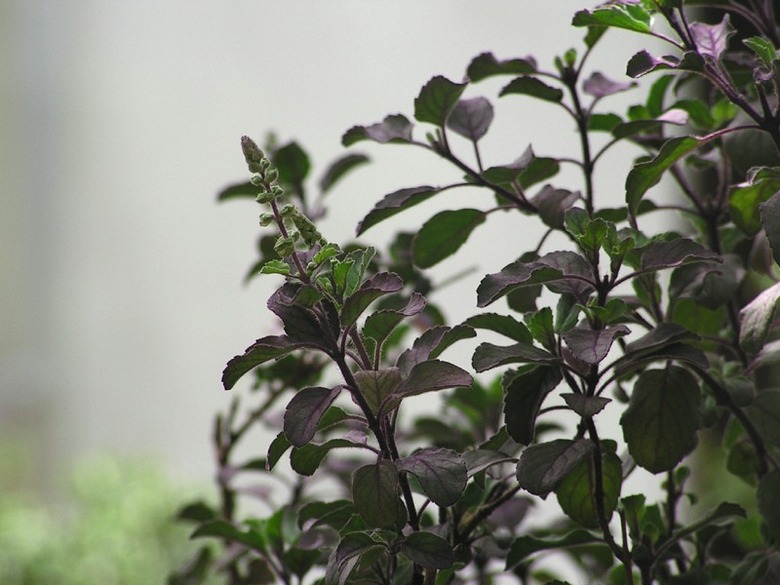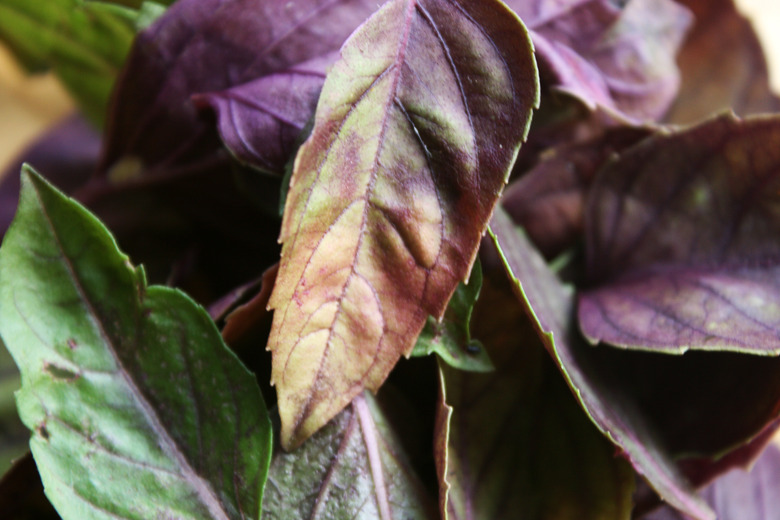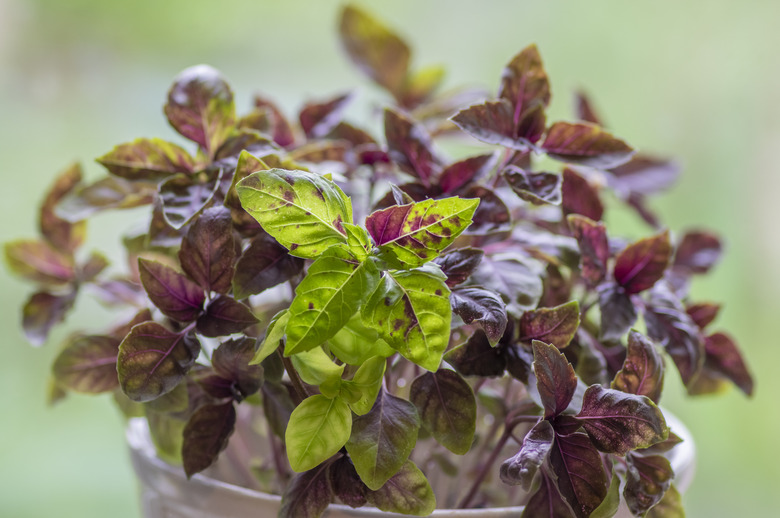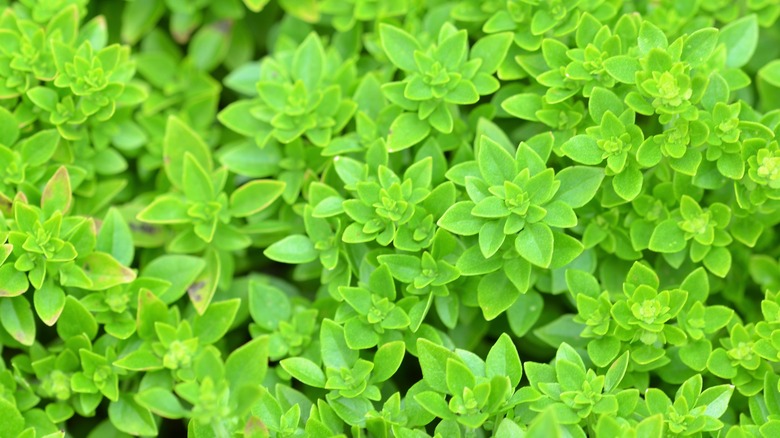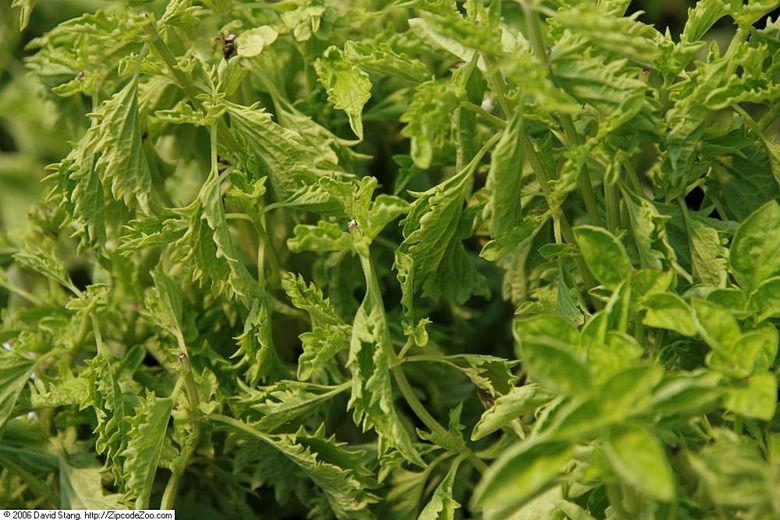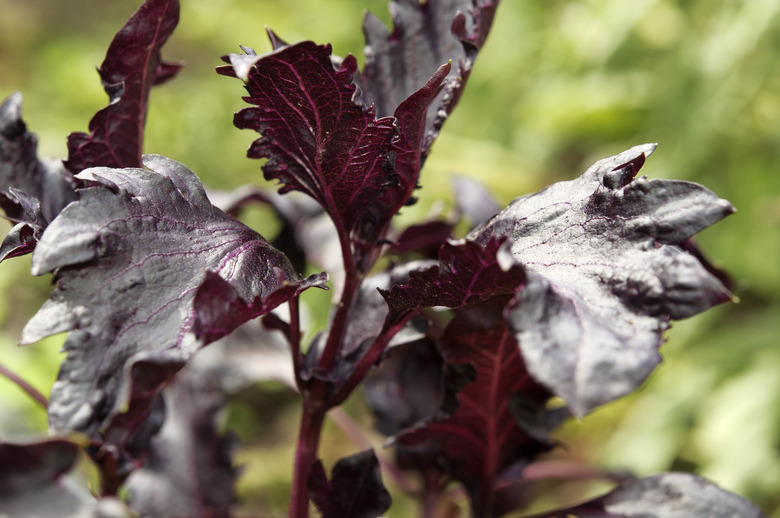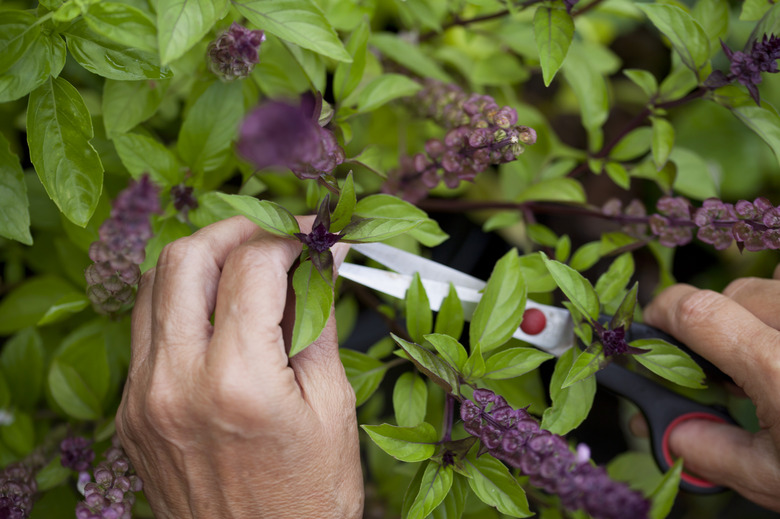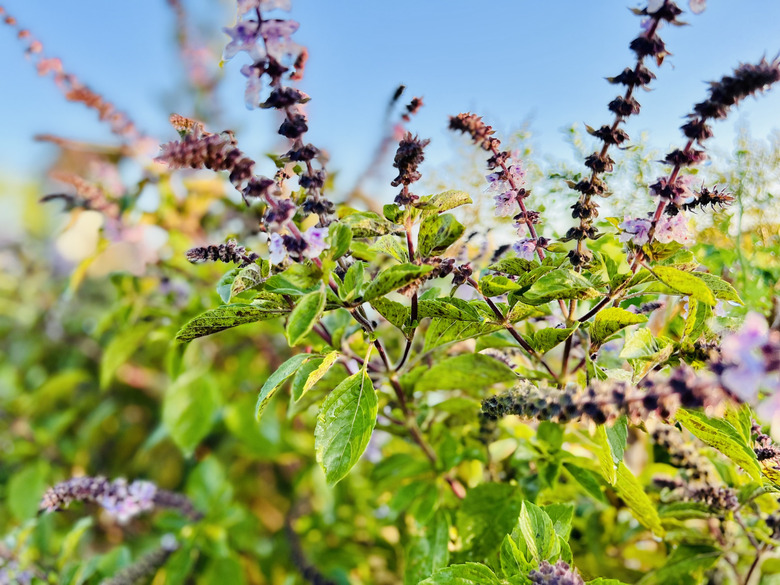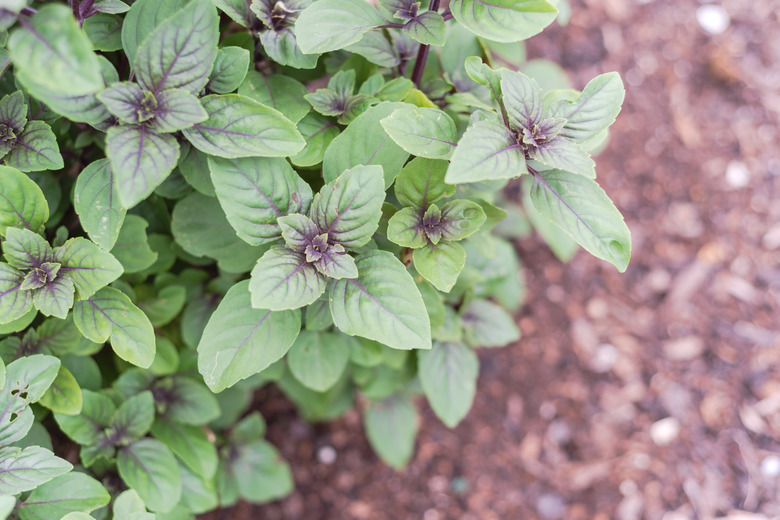Basil Leaf Identification
How to Identify Different Basil Plants by Their Leaves
Many different types of basil (Ocimum spp.) are grown in home gardens for their fragrant, edible leaves. Most are annual plants that must be started from seed each year, while others grow as tender perennials in USDA zones 10 and warmer. Although different varieties of basil share traits in common, most are easily distinguishable by inspecting and smelling the leaves.
Some differences between basils are subtle while others are obvious at first glance—but certain clues will help you positively identify what basil plant is growing in your garden.
Information About Basil Plants
Basil belongs to the mint family, Lamiaceae. **The best-known and most widely grown basil is sweet basil,** which is cultivated around the Mediterranean for use as a culinary herb.
Asian basil varieties are also grown in herb gardens. Gardeners typically plant basil to use as an herb in cooking, whether to add to hot dishes or to use fresh basil as an herb garnish.
Basil grows best in warmer climates with full sun and well-draining, moist soil. It grows equally well in garden beds with plenty of mulch and in containers filled with rich potting soil. As long as these plants have well-draining soil and plenty of moisture, they will produce an abundance of fragrant leaves during the growing season.
Tip
The majority of basil species come from Africa but few of these are grown in gardens.
Types and Cultivars of Sweet Basil
Sweet basil (Ocimum basilicum) goes by many names, including Italian basil, pesto basil and Genovese basil. It is typically grown as an annual but will grow as a short-lived perennial within USDA hardiness zones 10 and warmer.
Sweet basil is the most common basil variety grown in gardens and is recognizable by its large, smooth leaves. The leaves are typically light green in color with an intense aroma when lightly touched or crushed.
Dark Opal Basil
Dark Opal (Ocimum basilicum 'Dark Opal') is a cultivar of basil noted for its reddish-purple leaves and dark purple flowers. The leaves range in size from 1 1/2 to 3 inches in length and are often variegated purple and green. One notable trait of Dark Opal basil is that the leaves are slightly ruffled along the edge.
Red Rubin Basil
Another purple-leaf basil variety is Red Rubin (Ocimum basilicum 'Red Rubin'). These leaves are variegated purple and green with a coppery sheen in direct sunlight. The leaves tend to stand horizontally erect off the stems, giving the plant a perky appearance. Also, the leaves are usually lightly toothed and often have bright green edges.
Spicy Bush Basil
Spicy bush basil (Ocimum basilicum var. minimum) is not a cultivar of basil but a dwarf variety. It shares a similar smell to standard sweet basil but with a slightly spicier note. The most notable trait of this cultivar is its small leaf size. The 1-inch leaves are densely packed over the plant's rounded growth habit.
Newton Basil
At first glance, Newton basil (Ocimum basilicum 'Newton') looks very similar to standard sweet basil varieties. The leaves are light green with a thin, tender texture and an anise-like fragrance when handled. What makes Newton basil stand out is the large size of its leaves, which can top 4 inches in length.
Green Ruffles Basil
Green Ruffles (Ocimum basilicum 'Green Ruffles') is one of the most recognizable cultivars of sweet basil. It is noted for its highly textured green leaves, which have serrated edges. Green Ruffles basil leaves have a slightly spicy flavor that makes them a good culinary herb.
Purple Ruffles Basil
A showy variety of basil known as Purple Ruffles (Ocimum basilicum var. purpurascens) also produces highly textured foliage but in a deep purple color and reddish-purple stems. The leaves have a crinkled appearance that makes them a striking addition to ornamental beds as well as herb gardens.
Lettuce Leaf Basil
Lettuce Leaf basil (Ocimum basilicum 'Lettuce Leaf') is a highly unusual basil cultivar grown for its gargantuan leaves, which reach a length of 6 inches. The leaves share a similar scent and flavor as most common basil types but the aroma is more subtle.
Information About Thai Basil
Thai basil (Ocimum basilicum var. thyrsiflora) goes by many names, including cinnamon basil, anise basil and licorice basil. It is a subspecies of sweet basil noted for its complex scent.
Thai basil leaves differ from other sweet basil leaves in their spear-like shape and their bluish tint. The stems of Thai basil are also purple in color, which makes the plants easy to identify.
Varieties of Holy Basil
Holy basil (Ocimum tenuiflorum or Ocimum sanctum) shares many traits in common with its better-known cousin sweet basil, but it also has a few key differences. Overall, holy basil produces smaller leaves and flowers, and the plants do not live as long as sweet basil. Holy basil leaves also have a richer, more complex aroma with clove-like notes.
Some varieties of holy basil have green leaves with a slight purplish tinge. The stems produce large, heavily-veined leaves at the base and small leaves at the top.
Tip
Holy basil is sometimes called the sacred tulsi plant.
Varieties of Basil Hybrids
A handful of basil hybrids are grown in gardens. One common hybrid is lemon basil (Ocimum x citriodorum 'Pesto Perpetuo'). This is a hybrid between sweet basil and African basil (Ocimum americanum), which is also known as American or hoary basil. Lemon basil has oval-shaped, lime green leaves with white variegation.
Another eye-catching basil hybrid is African blue basil (Ocimum kilimandscharicum x basilicum). Unlike most basils, it is not an annual and will grow perennially within USDA plant hardiness zones 10 and higher. The oval-shaped leaves are slightly hairy and bright bluish-green in color with purple veins. One of the most identifying features of African blue basil leaves is the smell, which is more camphor-like than other basil varieties.
